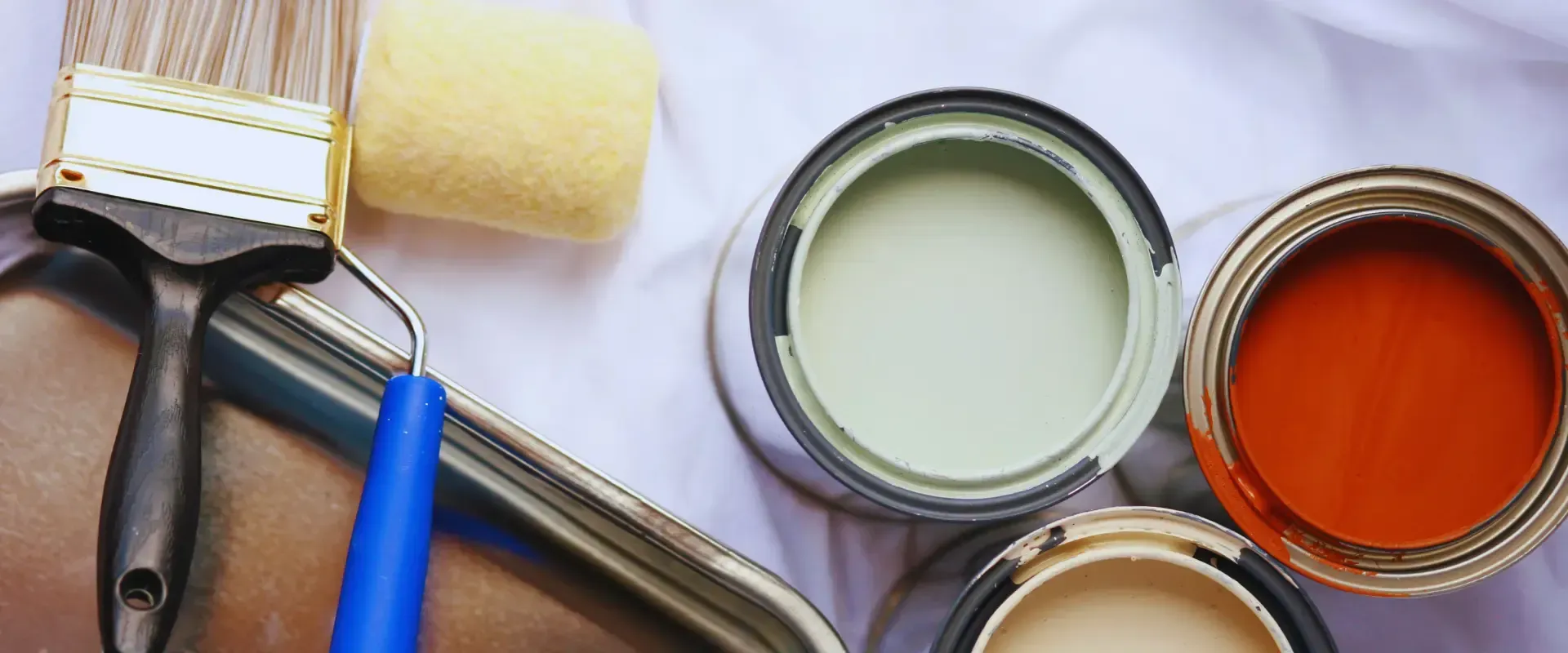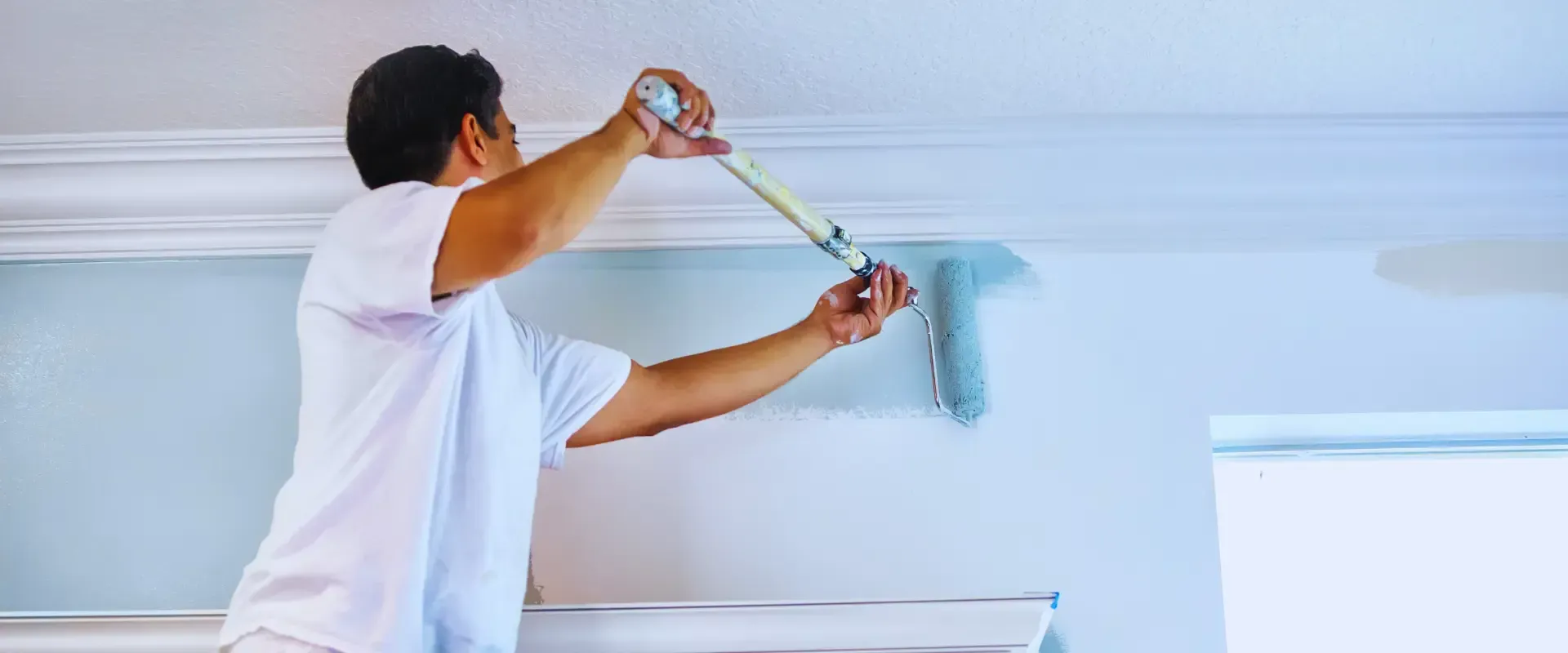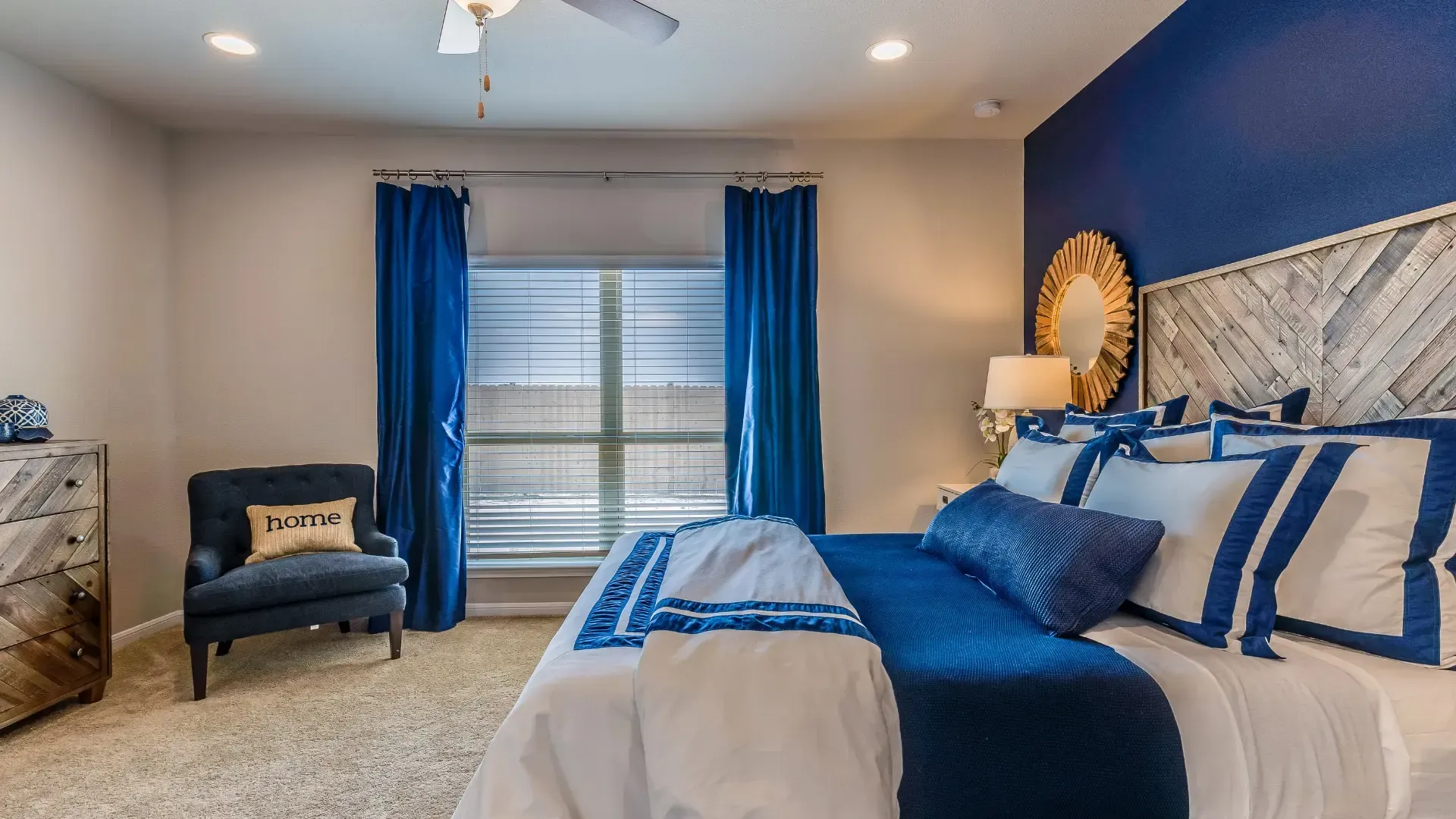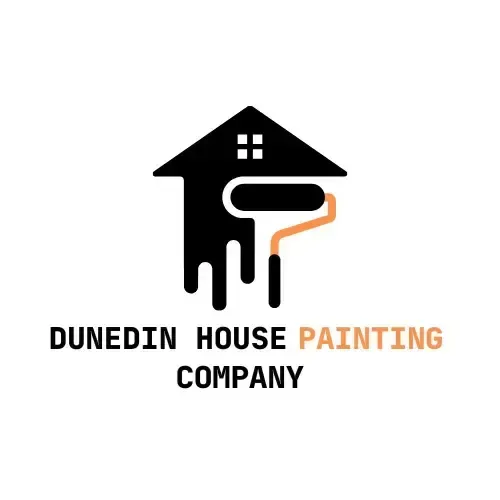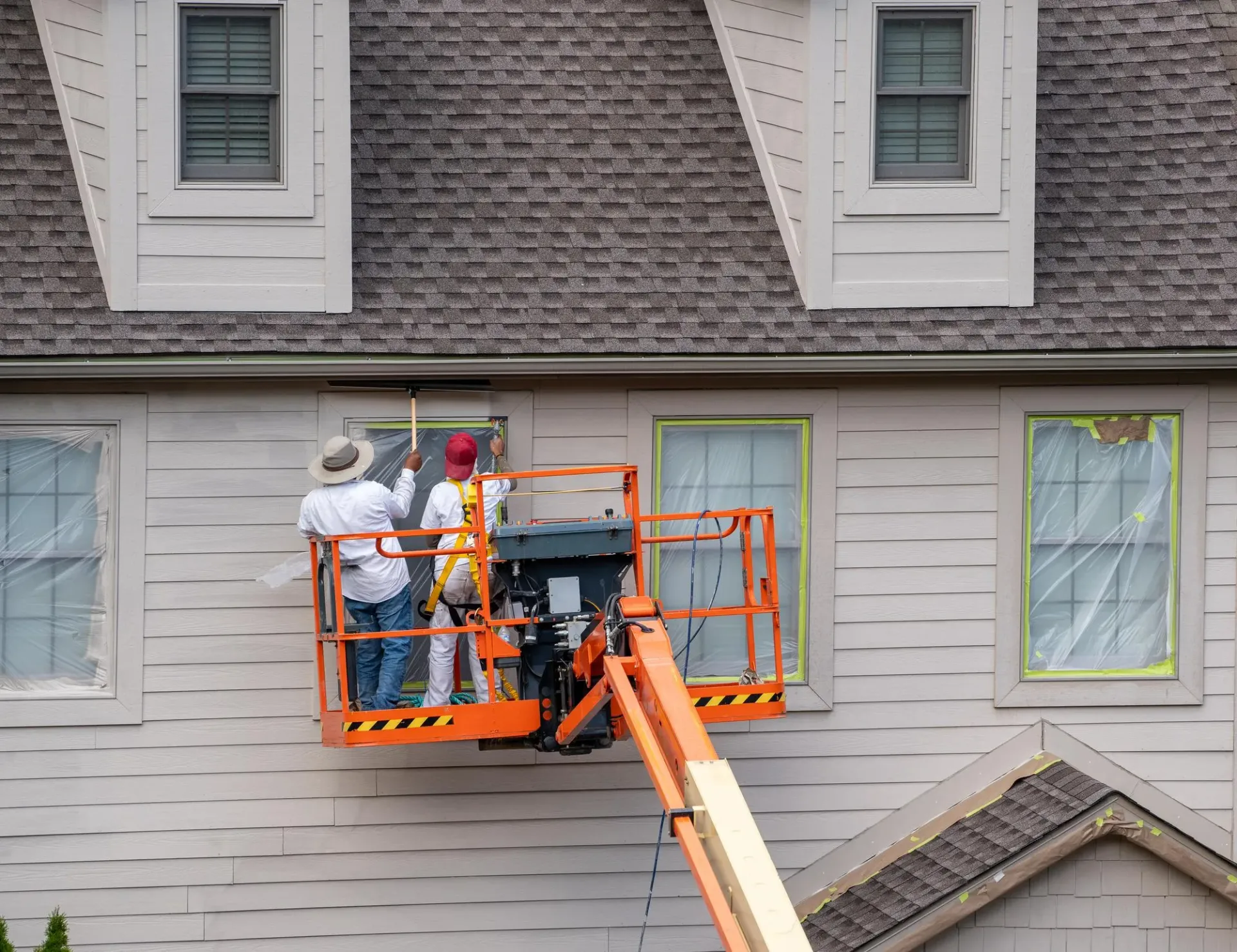Exterior vs. Interior House Painting: Choosing the Right Colors and Techniques
When it comes to transforming your home, few things are as effective as a fresh coat of paint. Whether you’re refreshing the interior or enhancing curb appeal, choosing the right colors and techniques is crucial. Both exterior and interior house painting have their unique considerations, from weather resistance and durability to color psychology and aesthetics. Making informed choices about paint types, colors, and techniques not only beautifies your home but also protects it. So, what are the key differences between painting the exterior and interior of a house? And how can you choose the right colors and techniques for both?
In this comprehensive guide, we will explore the nuances of exterior vs. interior house painting, helping you make informed decisions that will enhance both the look and longevity of your home.
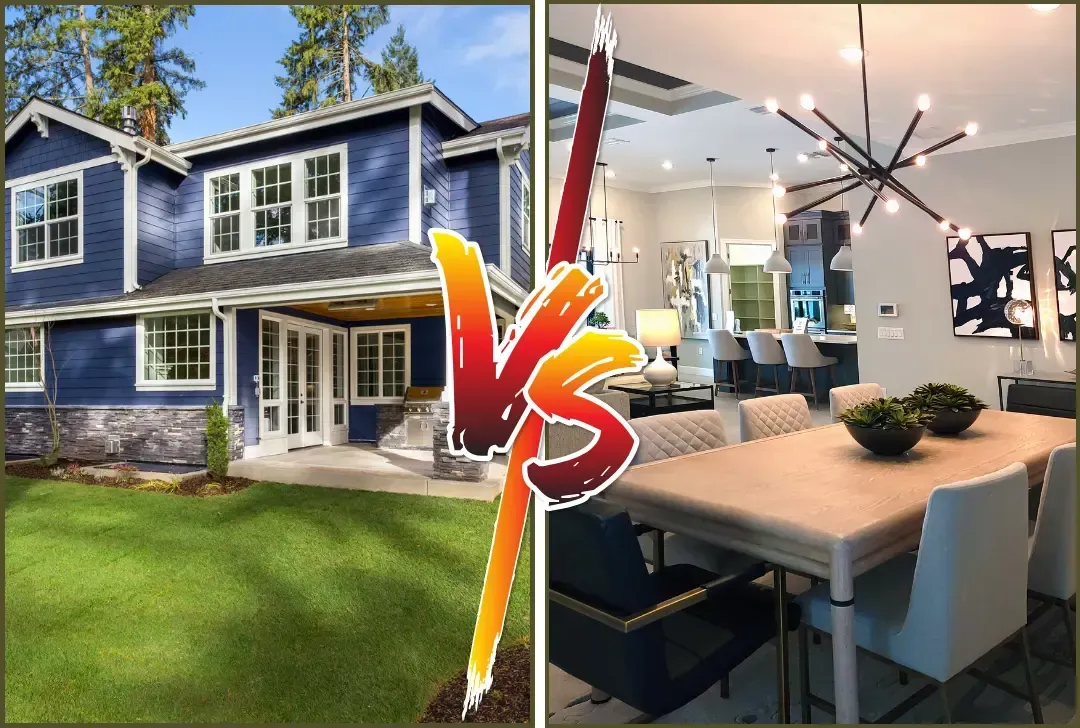
The Importance of Choosing the Right Paint for Your Home
Paint serves more than just a decorative function. It protects your home’s surfaces, adding a layer of defense against elements like moisture, sunlight, and even dirt. For exterior paint, this protection is even more critical as your house is constantly exposed to harsh weather conditions. Interior paints, while not exposed to the elements, need to withstand everyday wear and tear, including moisture from cooking, cleaning, and daily activity.
The right paint not only enhances beauty but also extends the life of your home’s surfaces. But this brings us to a major question: how do you choose between the two types of paints for exterior and interior surfaces?
Understanding the Difference Between Exterior and Interior Paint
Exterior and interior paints are formulated differently. Exterior paints are designed to withstand the forces of nature: rain, wind, heat, and cold. They often contain additives like fungicides and UV-blocking agents to prevent mold growth and color fading. Durability and weather resistance are key factors in exterior paints.
On the other hand, interior paints focus more on stain resistance and cleanability. These paints are crafted to be low in volatile organic compounds (VOCs) to ensure healthier indoor air quality. The durability of interior paints is not so much about weather protection but how well they can withstand cleaning and the day-to-day scuffs.
Choosing Colors for Exterior vs. Interior House Painting
One of the most exciting and often daunting aspects of house painting is choosing the right colors. Let’s explore the considerations for exterior and interior paint color selection:
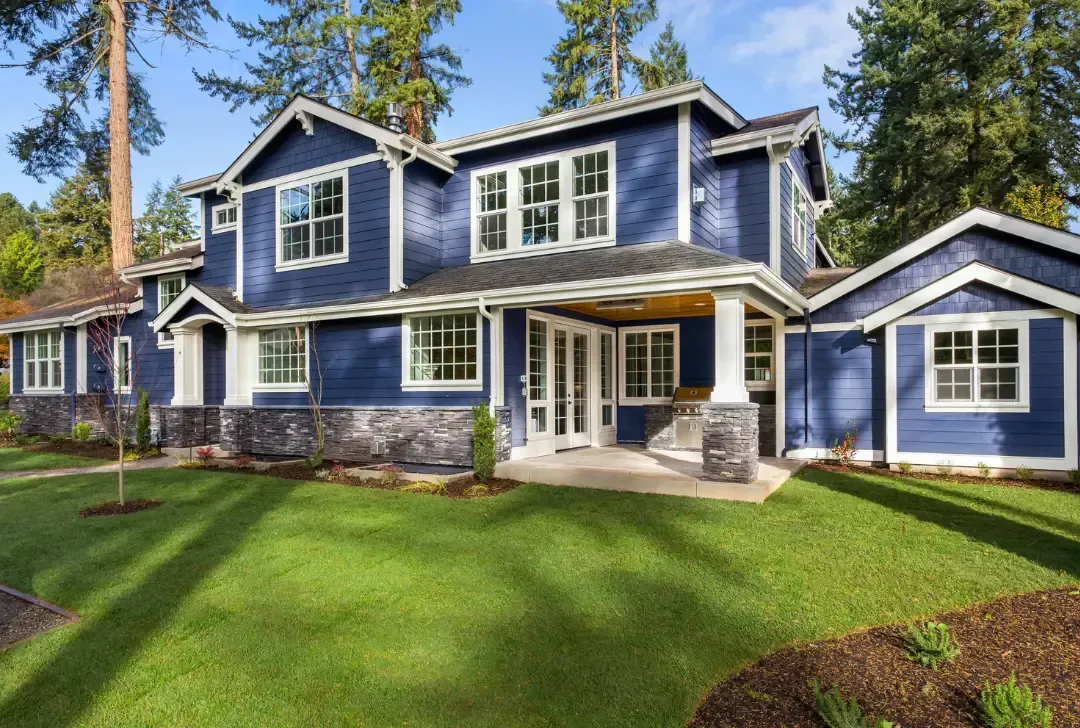
Exterior House Paint Colors: Boosting Curb Appeal
Your home’s exterior color is your first impression to the world, making it a critical choice for curb appeal. When choosing exterior colors, you need to consider the architectural style of your home, the surrounding environment, and even the neighborhood aesthetic. For example, a Victorian-style house might benefit from vibrant, contrasting colors, while a more contemporary home could look stunning in monochromatic shades of grey or white.
Additionally, light-colored homes can make a house look larger, while darker shades can give it a more stately appearance. Keep in mind that exterior colors tend to appear lighter than they would indoors due to the natural lighting.
If you're looking for expert advice or professional painting services, you might want to consult with a house painting company for personalized recommendations.
Interior House Paint Colors: Creating the Right Mood
When choosing interior paint colors, the focus shifts to creating a specific mood or atmosphere in each room. Warm colors like reds, oranges, and yellows are stimulating and can make a space feel cozy, perfect for living rooms or kitchens. In contrast, cool colors like blues, greens, and purples are more calming and are ideal for bedrooms or bathrooms.
It’s also essential to consider the size of the room. Lighter colors can make small rooms feel more spacious, while darker tones add depth to larger spaces. Lighting plays a significant role too—natural light enhances bright colors, while artificial light can alter how colors appear.
Each room’s function should also dictate your color choice. For example, a home office might benefit from soothing, focused colors like soft blues or muted greens to enhance productivity.
Exterior Painting Techniques: Durability is Key
Painting the exterior of a house requires special techniques to ensure durability and even application. Exterior painting techniques focus heavily on surface preparation, as failing to do so could result in premature paint failure. Techniques include:
Power washing: This helps remove dirt, mildew, and peeling paint.
- Priming: Especially important for exterior surfaces, primer helps paint adhere better and provides a smooth surface.
- Caulking: Sealing cracks and joints prevents water infiltration, which could damage the structure over time.
- Multiple coats: Most exterior painting jobs require at least two coats for optimal coverage and durability.
Exterior painting often involves using brushes, rollers, and sometimes sprayers for large areas. The goal is to ensure the paint is evenly applied and thick enough to withstand harsh weather conditions.
To ensure your exterior painting is done correctly and professionally, you might consider hiring an experienced company that specializes in exterior painting.
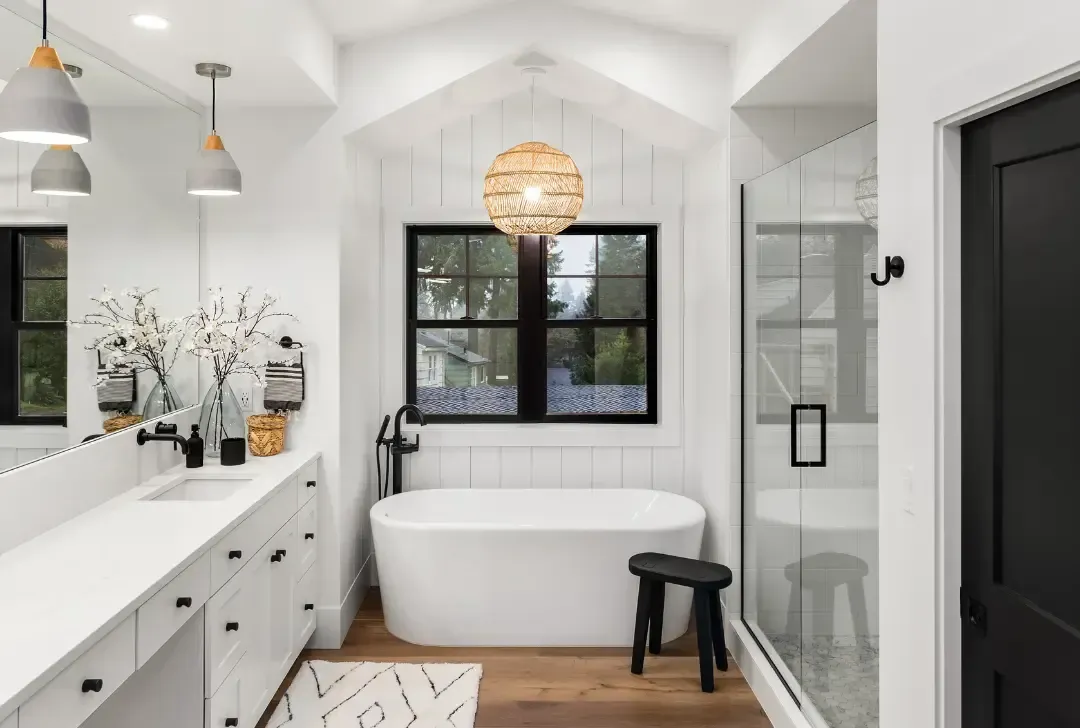
Interior Painting Techniques: Precision and Clean Lines
Interior painting emphasizes precision, as these areas are subject to closer scrutiny than exteriors. You’ll often use tools like smaller brushes for trim work and tape to achieve clean lines between walls and ceilings. Key techniques for interior painting include:
- Cutting in: This refers to painting the edges of walls with a brush before rolling the larger areas.
- Rolling: Rollers help achieve a smooth, even finish on large flat surfaces like walls and ceilings.
- Taping: Painter's tape is used to ensure clean lines around windows, doors, and trims.
- Choosing the right finish: The paint finish (matte, satin, semi-gloss, or gloss) matters a lot for the interior. For example, satin or eggshell finishes are great for living areas, while semi-gloss works well for kitchens and bathrooms due to its durability.
Exterior Paint Finishes: Weatherproof Your Home
Exterior paint finishes are about more than just aesthetics—they offer varying levels of protection. Common finishes include:
- Flat finish: This finish hides surface imperfections but can attract dirt easily. It’s best for older homes where the surface may be uneven.
- Satin finish: Offers a smooth, velvety appearance with some shine. It’s more durable than flat finishes and can be cleaned easily.
- Semi-gloss and gloss finishes: Highly durable and best for areas that need frequent cleaning, such as trim, doors, and shutters.
The right finish depends on your climate. For example, if you live in a humid or rainy area, you might want to consider a mildew-resistant satin or semi-gloss finish.
Interior Paint Finishes: Practicality and Aesthetics
Choosing an interior finish is about balancing durability and aesthetics. For high-traffic areas, such as hallways or kitchens, a semi-gloss or satin finish is a smart choice because of its wipe-clean nature. For low-traffic areas like bedrooms, a matte or eggshell finish offers a softer, more sophisticated look.
Each finish affects the look and feel of the room, and it’s important to pair the right finish with the right space for long-lasting results.
Hiring a Professional Painting Company for Best Results
While DIY painting projects can be fulfilling, there’s no substitute for the expertise of a professional painting company. Professionals understand the nuances of different surfaces, the importance of preparation, and the use of advanced painting techniques that ensure long-lasting, flawless finishes. A reputable house painting company will also help you select the best products for your home’s specific needs.
Commercial Painting: What Sets it Apart from Residential Projects
Commercial painting differs significantly from residential work in terms of scale, timing, and durability requirements. In a commercial setting, efficiency and minimizing downtime are crucial. Commercial buildings also have specific needs, such as specialized coatings that ensure surfaces are durable and long-lasting under high foot traffic and harsh conditions.
For businesses, a clean, professionally painted environment is essential for making a great first impression. If you need painting services for a business, contact a commercial painting expert to discuss your unique requirements.
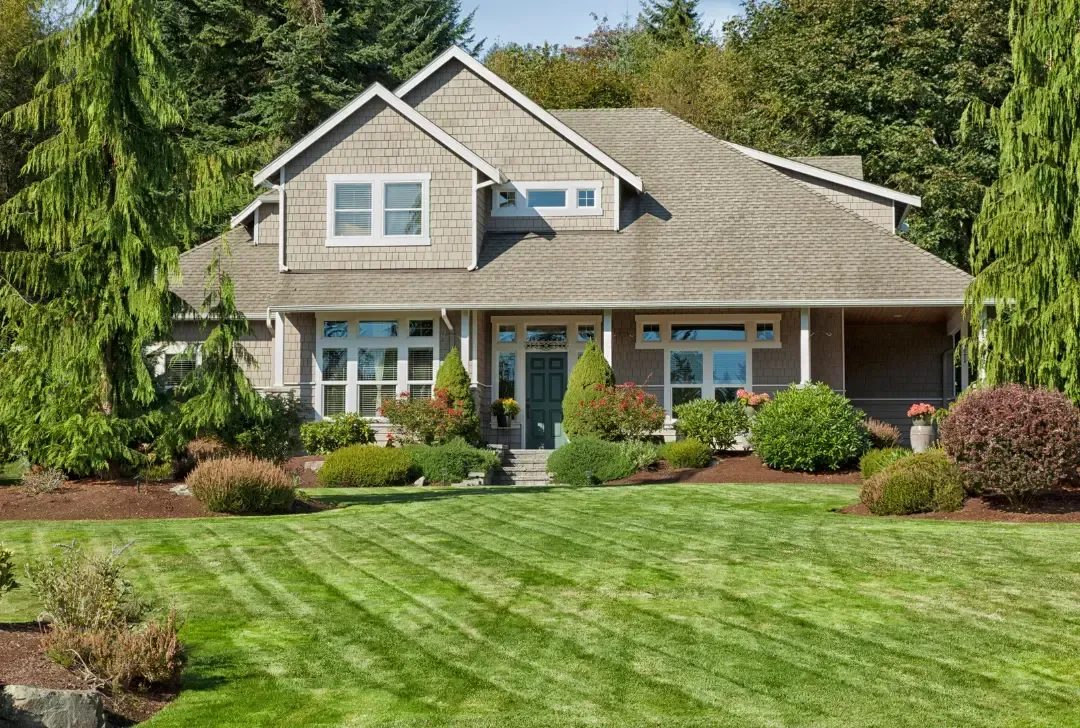
FAQs
What is the difference between exterior and interior house paint?
Exterior paints are designed to withstand weather conditions, with additives that resist UV rays and moisture. Interior paints, on the other hand, focus on being scrubbable and low in VOCs for safer indoor air quality.
How often should I repaint the exterior of my home?
Typically, you should repaint the exterior every 5 to 10 years, depending on the type of paint used, the climate, and the surface material.
Which paint finish is best for high-traffic areas inside the house?
For high-traffic areas like hallways and kitchens, a satin or semi-gloss finish is ideal due to its durability and ease of cleaning.
Can I use interior paint on exterior surfaces?
No, interior paints lack the necessary additives to withstand outdoor weather conditions and will not last long when exposed to the elements.
Is priming necessary for both exterior and interior painting?
Yes, priming is crucial for both. It ensures the paint adheres properly and provides a more uniform finish, especially on porous or previously unpainted surfaces.
What’s the best way to choose a color for my home’s exterior?
Consider your home’s architecture, surrounding environment, and neighborhood guidelines. It’s also wise to test a few paint swatches in natural light before committing to a color.
Conclusion
Whether you’re tackling an exterior or interior painting project, making informed decisions about colors and techniques can transform your home. By considering the unique requirements of each space and enlisting the help of professionals when necessary, you can achieve stunning, long-lasting results. For the best outcome, consult with a professional house painting company that specializes in both exterior and interior painting projects.
